Ashbridge’s Bay on March 30 under sunny clear skies with a few brushes of wispy cirrus clouds. © BCP 2011
Today’s quote (read it by clicking here) comes from an interview with Gavin Pretor-Pinney that appeared in the Tuesday Science section (March 29, 2011) of the The New York Times. You can read the whole article by clicking here.
Pretor-Pinney is the author of The Cloud Collector’s Handbook, a book written for nonscientists that is exactly what its title suggests. As Times journalist Cornelia Dean writes, the book is “a serious yet charming field guide to clouds. The book teaches readers how to identify clouds they have seen and gives them a place to record the sightings, just the way birders create life lists of the birds they have spotted.”
I was taken with the article, and the whole idea of being more conscious of weather and how it affects the natural world, and came away from reading it most inspired.
It’s not that I’ve never been aware of clouds, or even that I didn’t know my cumulonimbus from my cirrus. (I forget in which grade that was taught, but the learning stayed with me.) It’s just that for some reason I never really put the whole subject of clouds into my mental hopper when considering the natural world I try to observe daily. When you think about it, it’s obvious that clouds are a necessary and and important of our environment. They’re made of water, after all, and as we all know, everything in nature starts with water and the sun. (Oh, and a few carbon atoms.)
I’m going to get The Cloud Collector’s Handbook with a gift certificate I recently received, and vow to pay much more attention to clouds from here on in. It should be challenging and fun, all at the same time, to add a new dimension to my study of our natural world.
Which brings me to today’s entry.
As I was walking through Ashbridge’s Bay Park to look for signs of spring (a dandelion coming up, perhaps?) I noticed that there were only a few wispy clouds, which I took to be cirrus clouds, in the sky. A quick check with Wiki told me that cirrus clouds tend to occur at altitudes of about 20,000 ft. above sea level. Their name comes from cirrus, Latin for curl, as they do often appear curly. As they are so high in the sky, the water they are made of is in the form of tiny ice crystals.
A tree at Ashbridge’s loses the last of the casing of ice it wore for most of the winter. © BCP 2011
Back on earth, along the trail, I came upon an usual sight. Under the warming late March sun, a weatherbeaten tree facing the open lake was losing the last of the coating of ice it bore for much of the winter — one tiny drip of water at a time. Down the rocks, into Lake Ontario.
I paused to take a picture as the scene captured for me the very essence of the water cycle. Drip, drip, drip, back into the lake.
Eventually to become rain and even beautiful clouds once again.
The late March sun works its magic on ice encasing a tree branch, returning drips to the aquamarine water of Lake Ontario in the background. © BCP 2011
There was a serendipity to me reading about the cloud guide this week. Another facet of the endlessly amazing natural world we are a part of, and so often ignore.
© BCP 2011


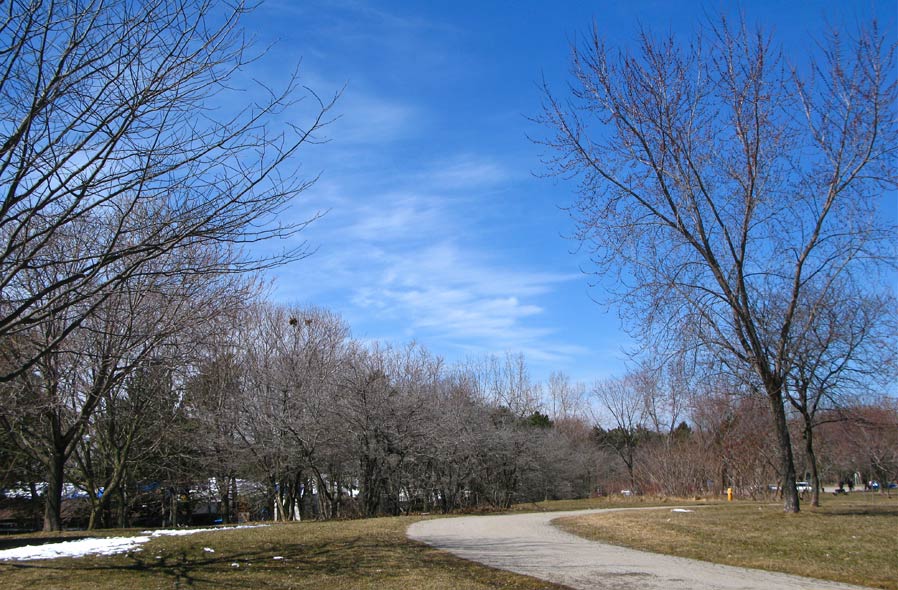
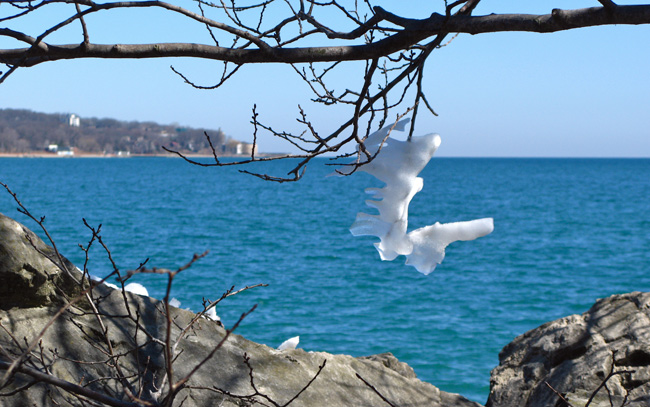
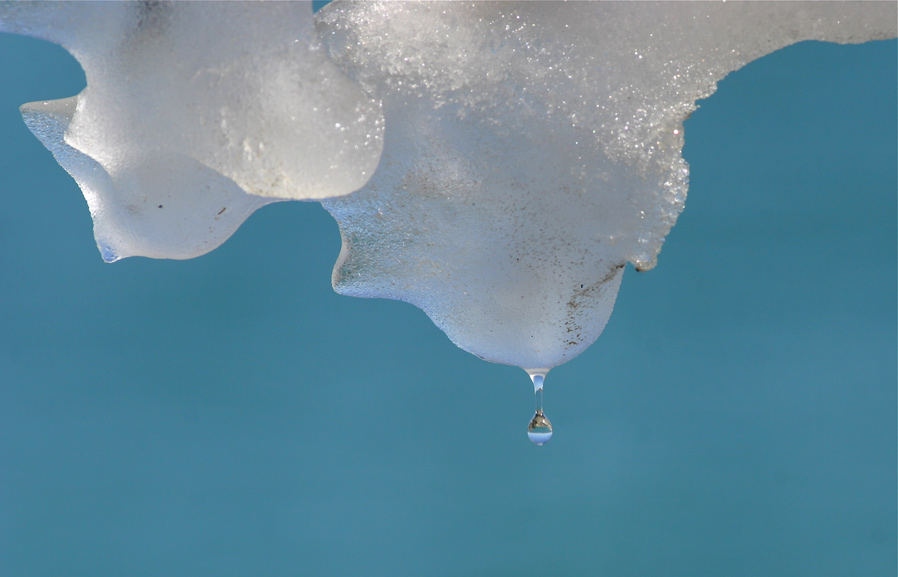

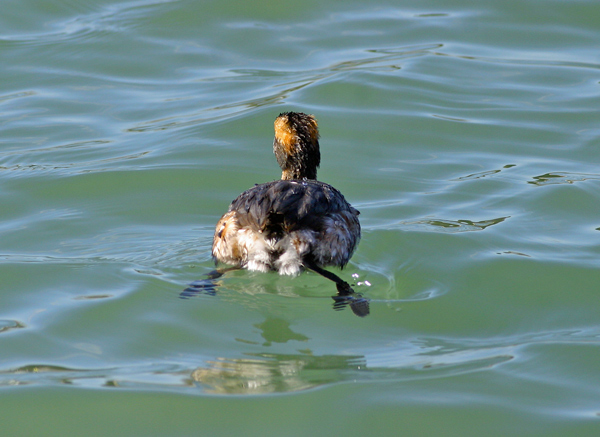


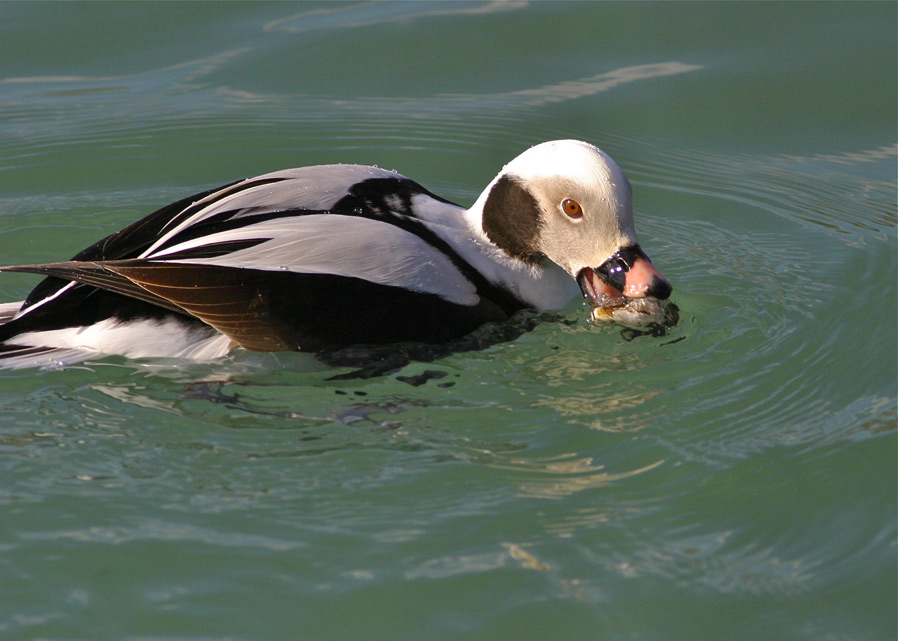

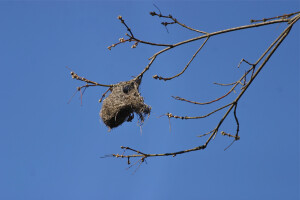



2 comments